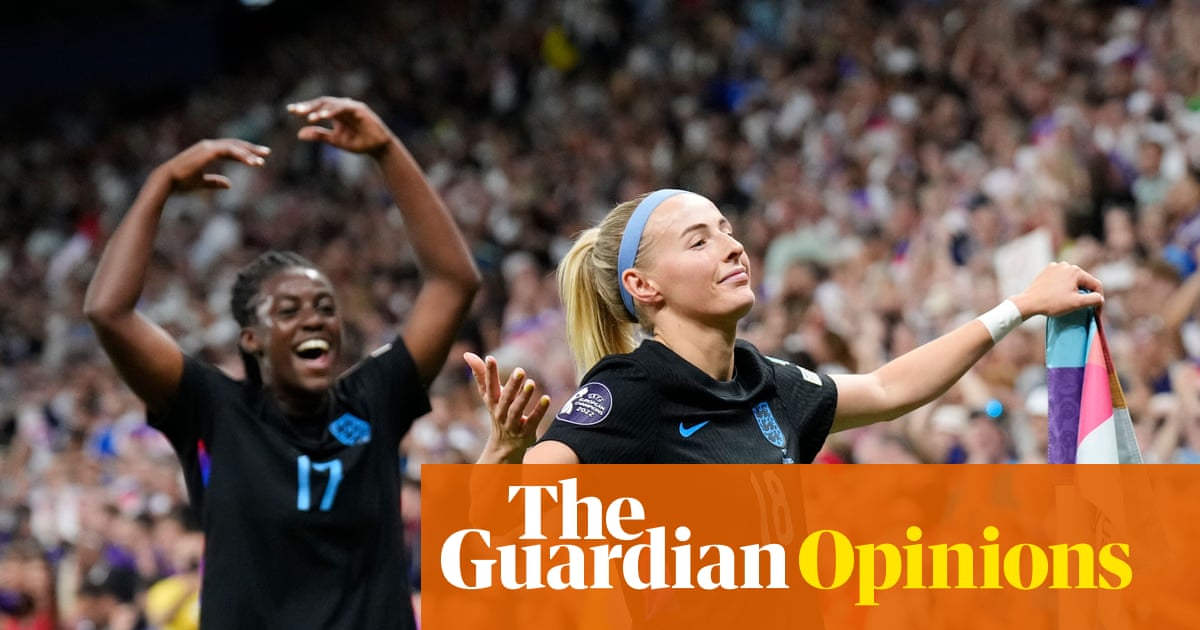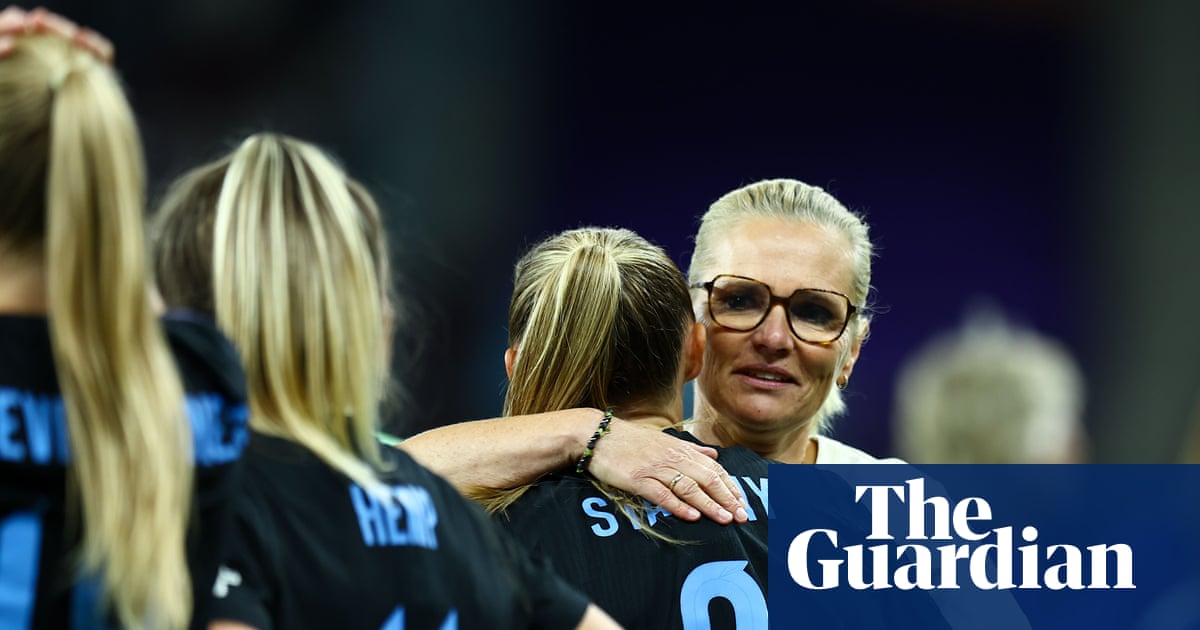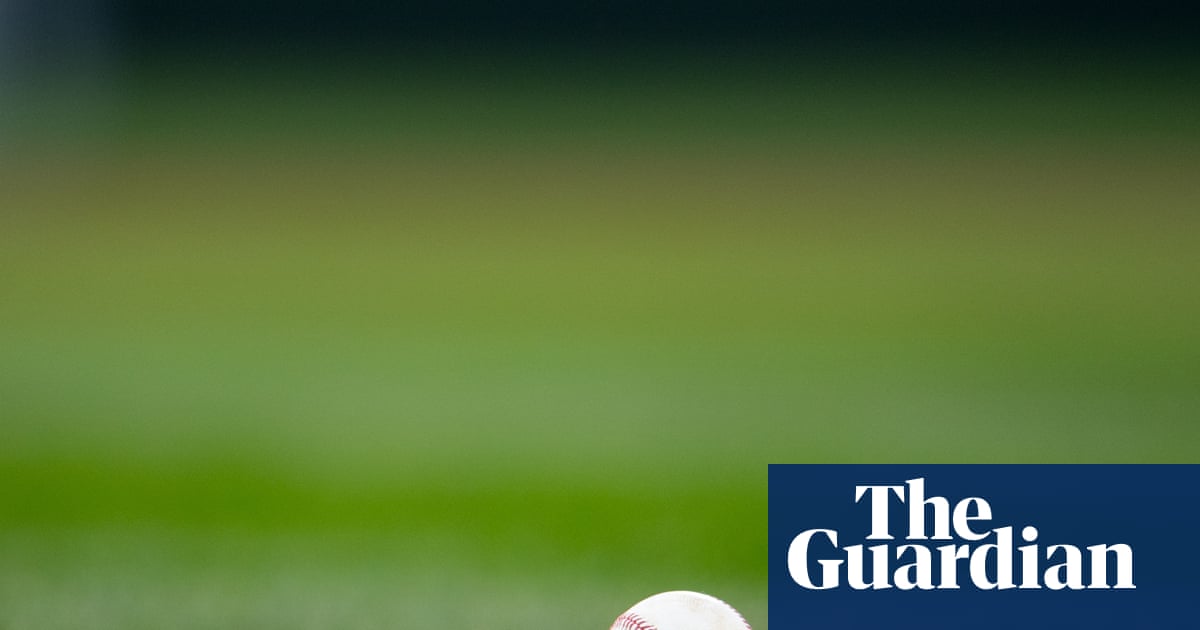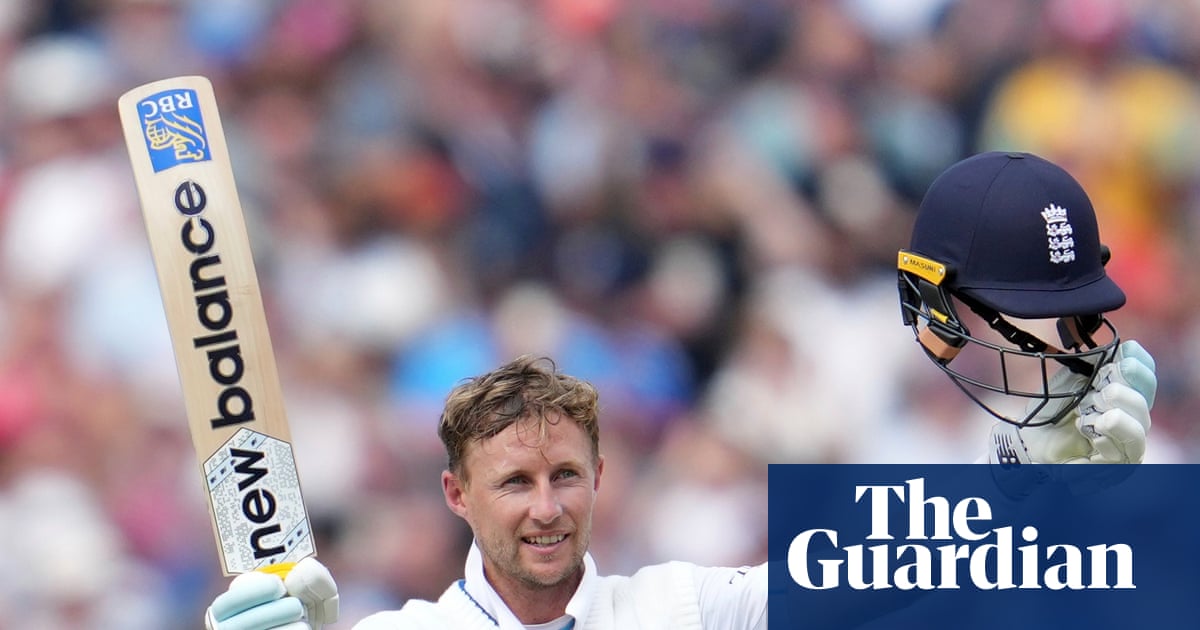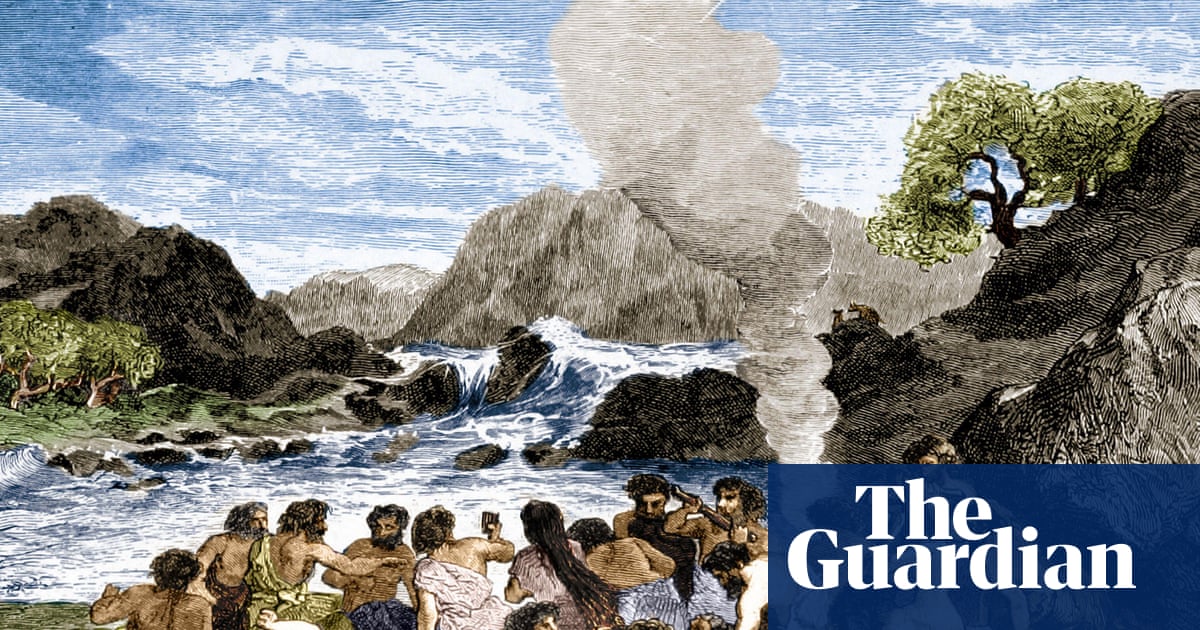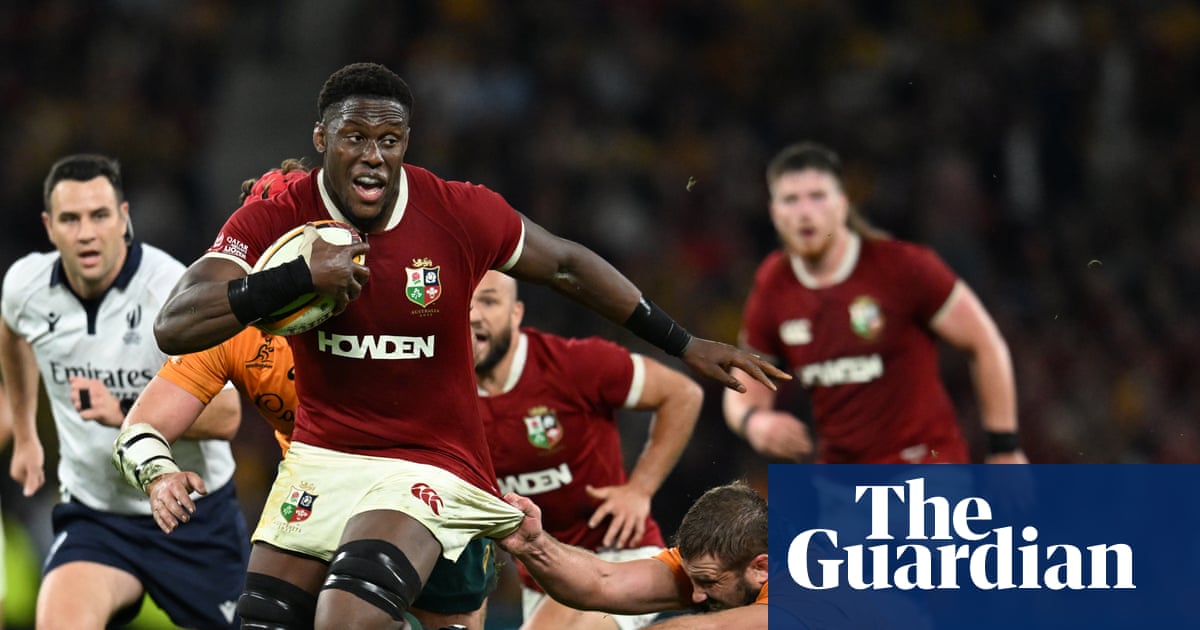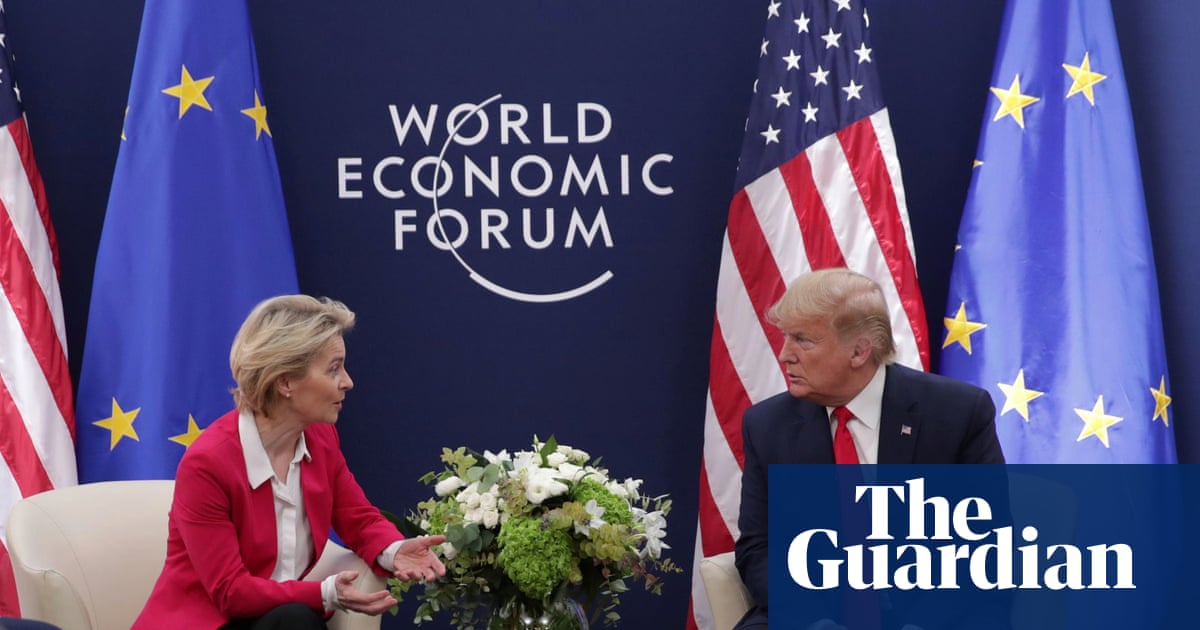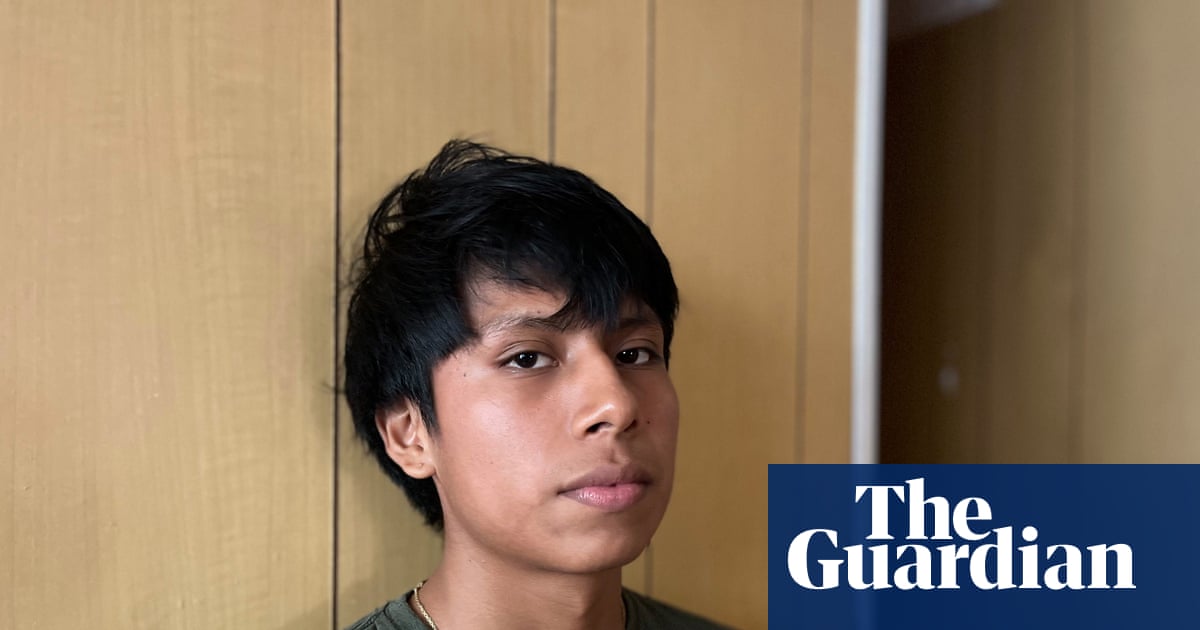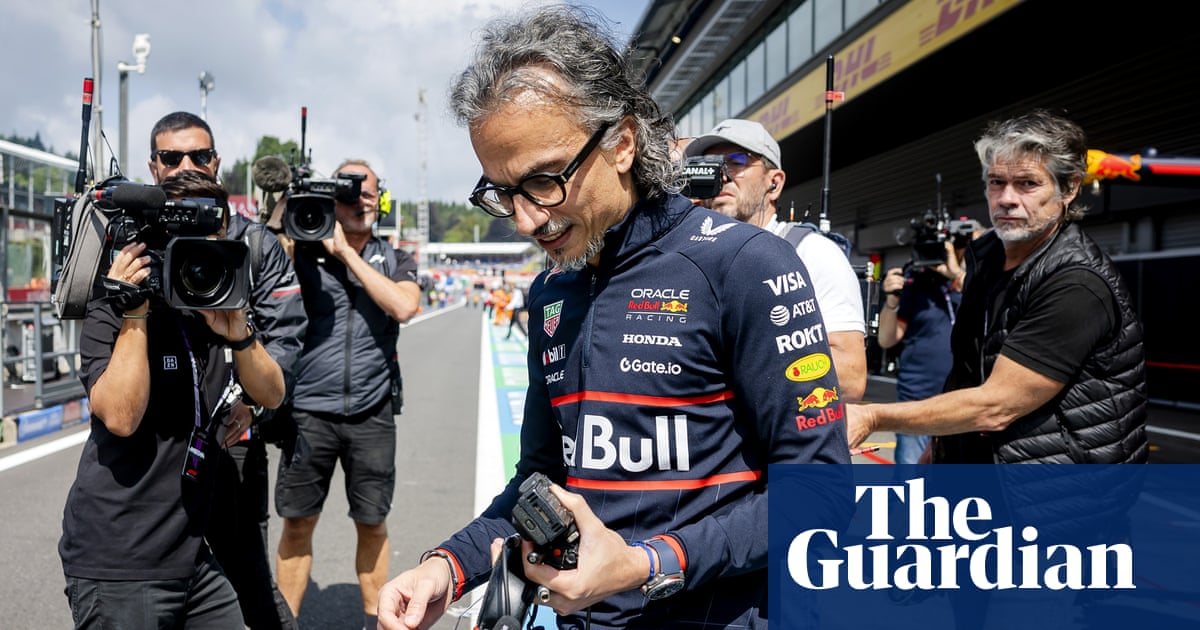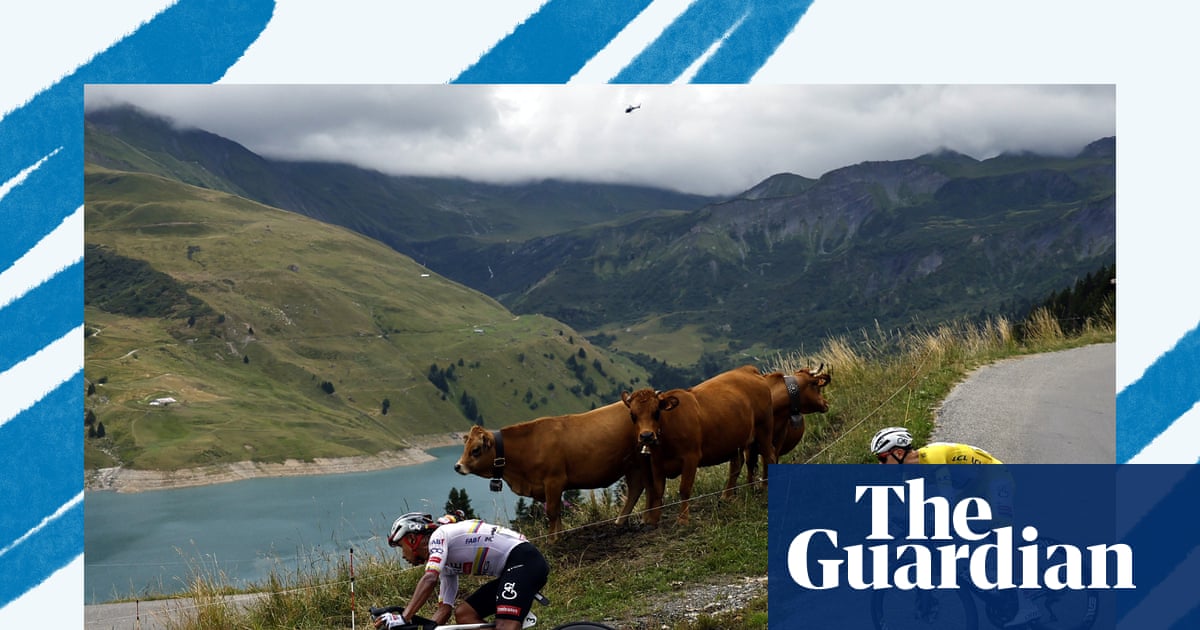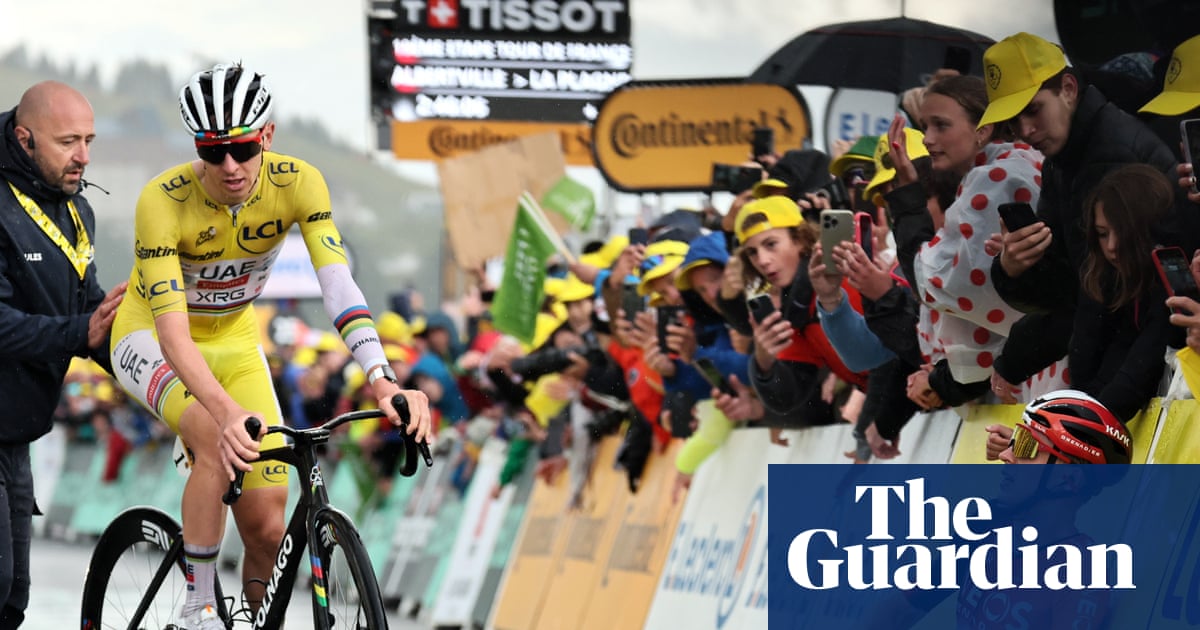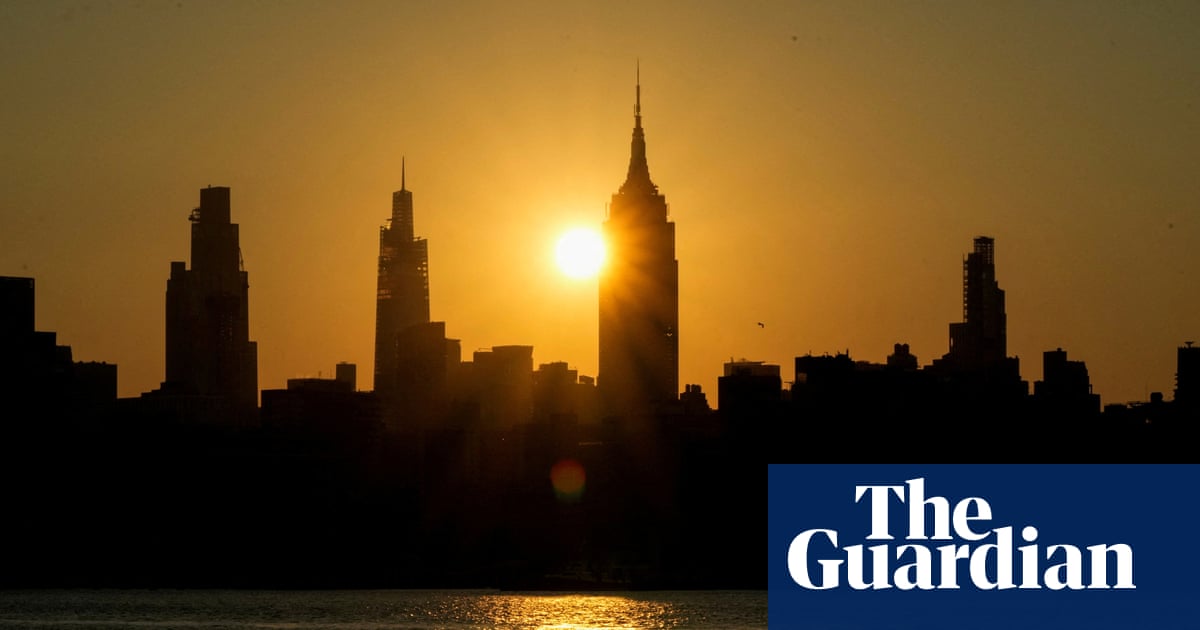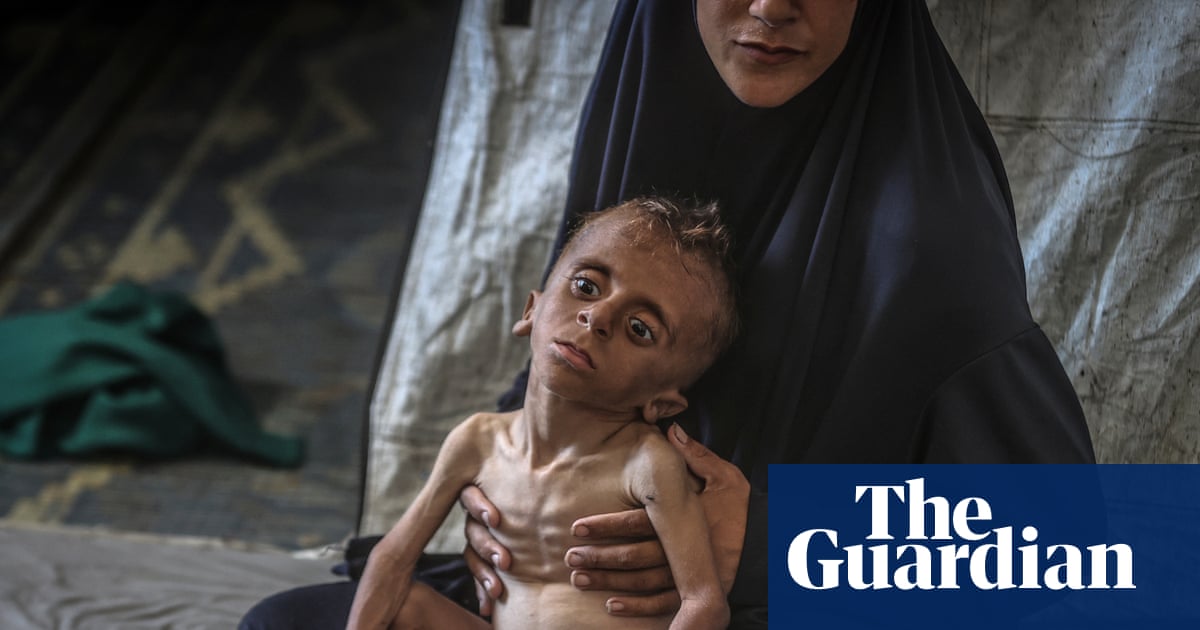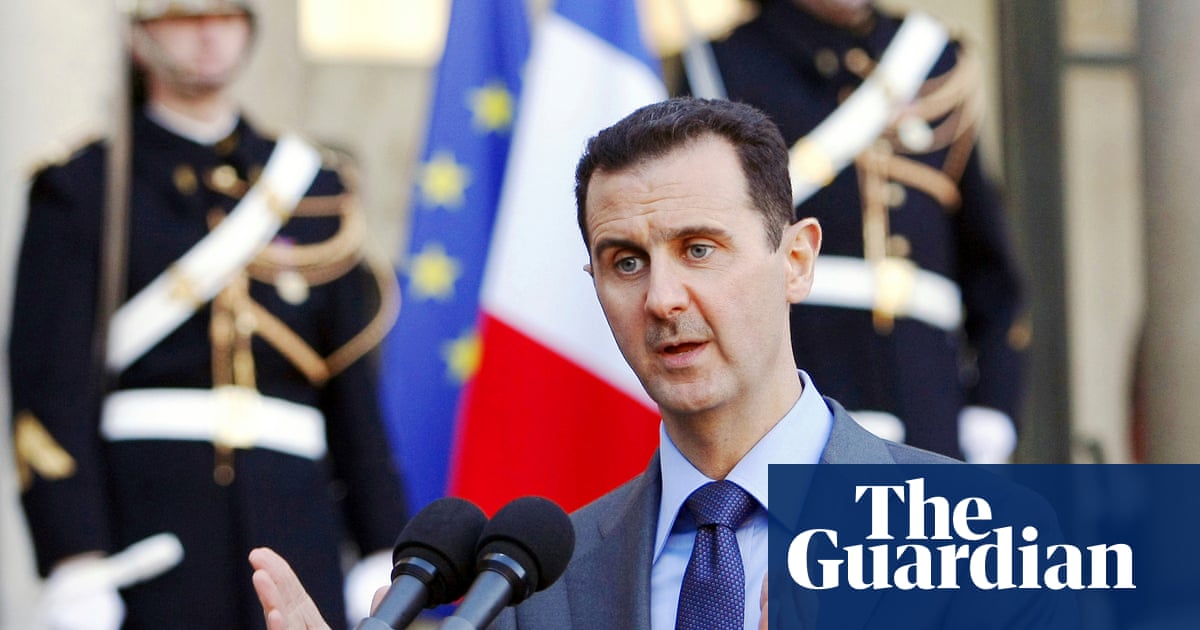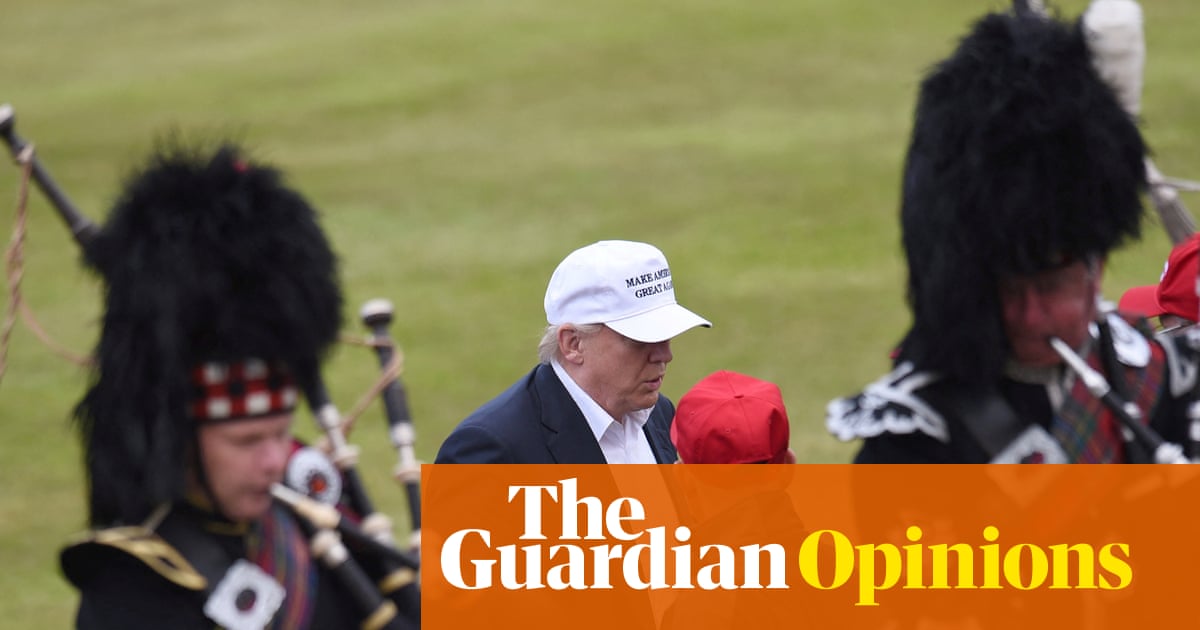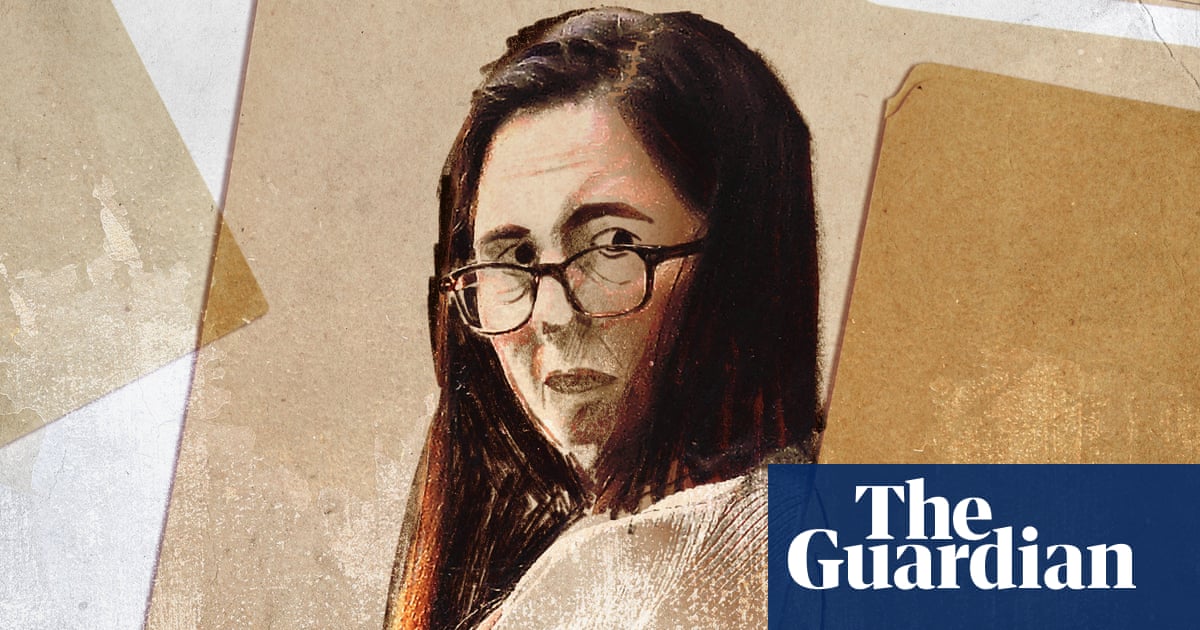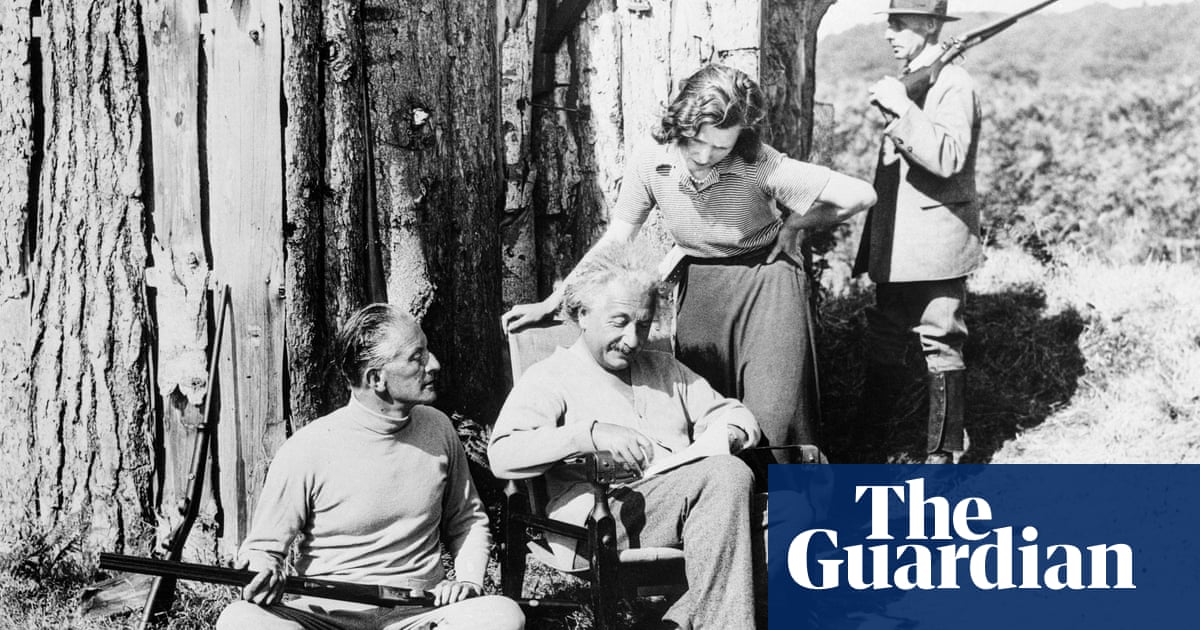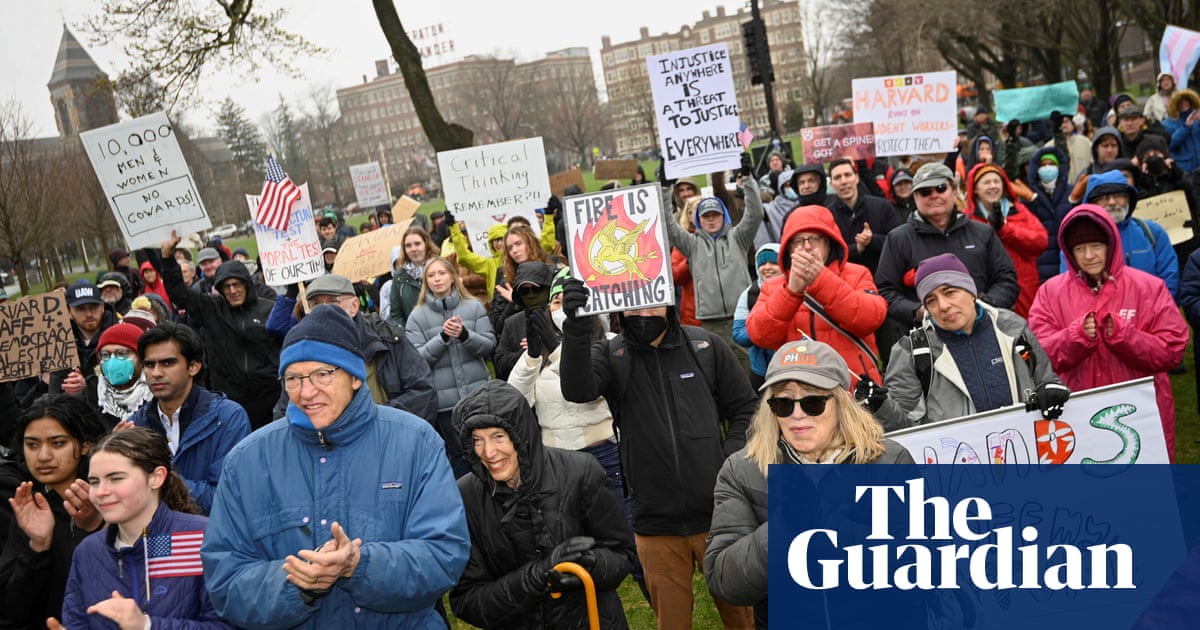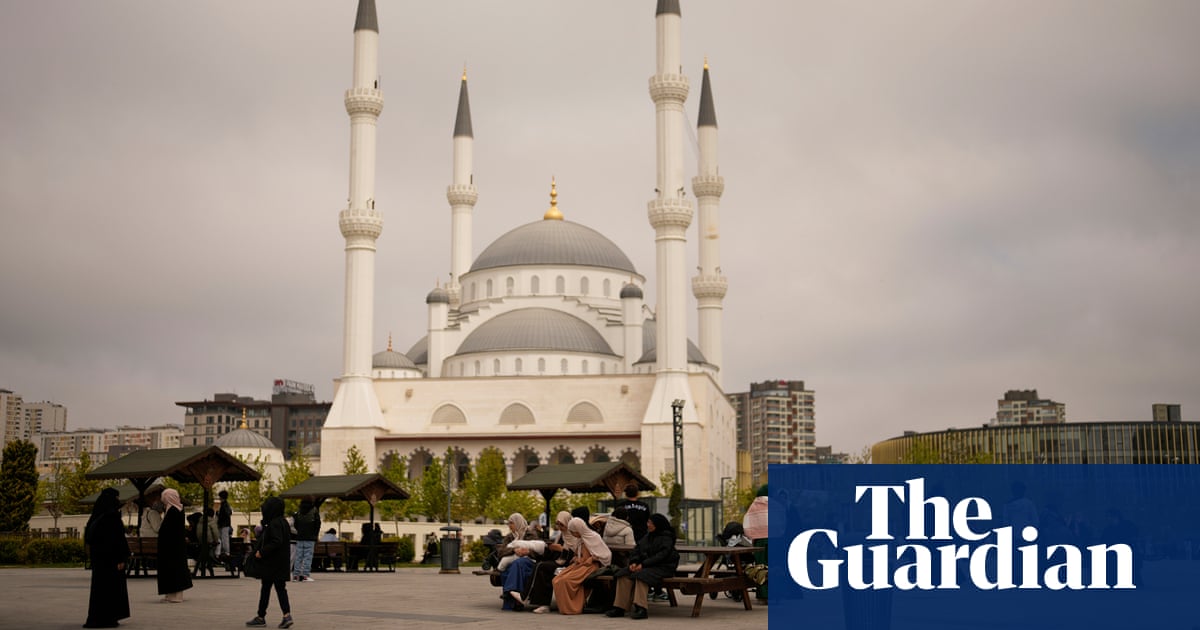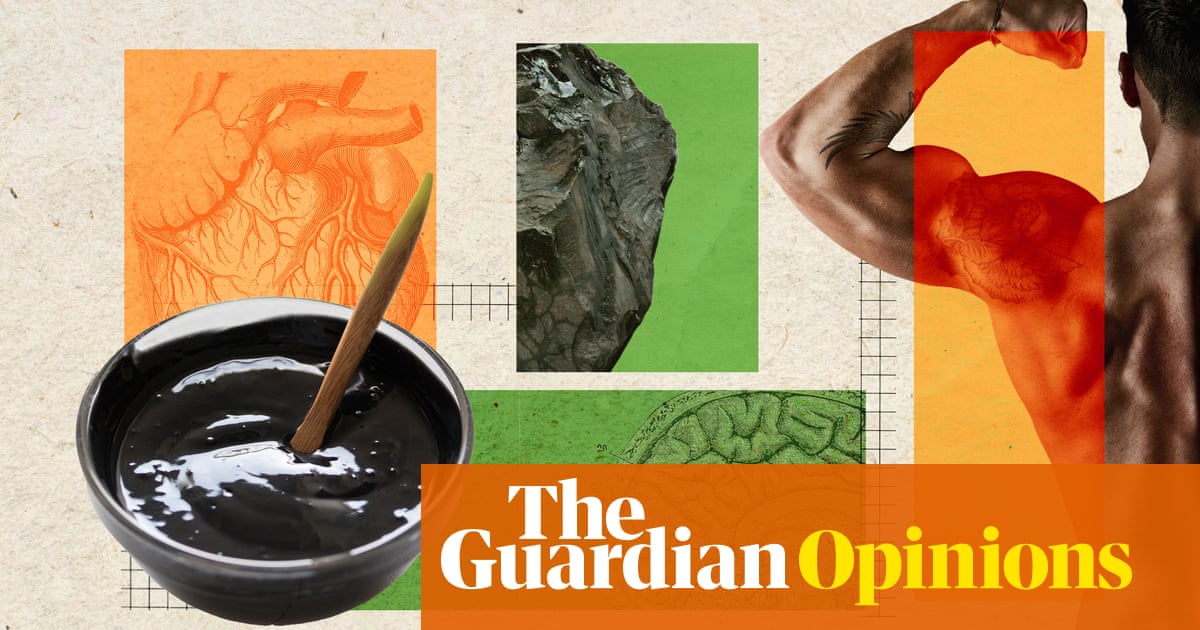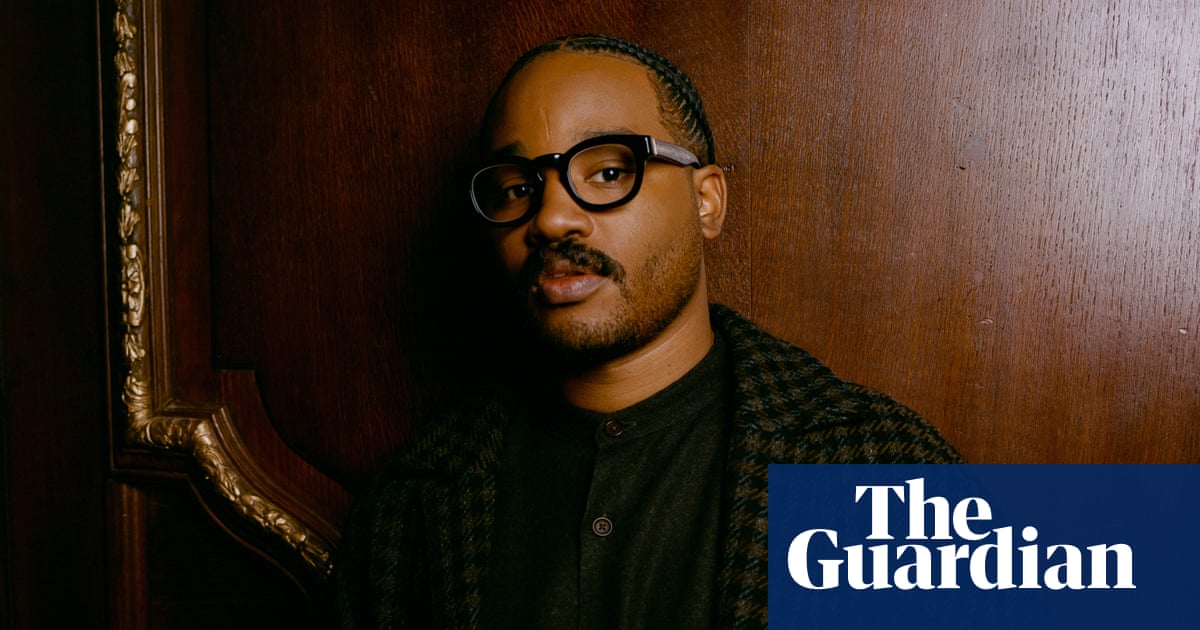The way we discuss football has changed a lot in recent times, tactics and data to the fore. Nevertheless, there remain some simple, simplifying truths that, when delivered by someone with elite-level experience, must be taken seriously. So, when Graeme Souness reminds us that “the team that gets to the ball first wins”, we should pay just as much attention as when hearing about hybrid pressing, on-ball value and chance-creating actions.
The players most obliged to reach that ball first are, like Souness, central midfielders. And, though there are operative off-pitch factors, the longstanding absence of players able to do that is a significant reason why Manchester United have been so poor for so long.
This has not escaped the attention of Ruben Amorim. After last Saturday’s goalless draw with Leeds, he noted: “The gaps between our sectors was sometimes too big. We have a lack of pace, especially in the middle of the park and you can feel it is hard to win and bring the ball.”
The problem, though, predates him by well over a decade – surprisingly so, given a relentlessly self-mythologising institution which has been home to some of the greatest midfields and midfielders. The Busby Babes featured a half-back line of Jackie Blanchflower, Duncan Edwards and Eddie Colman; the 60s side had Nobby Stiles, Paddy Crerand and Bobby Charlton; then, under Alex Ferguson, United moved seamlessly from Bryan Robson to Paul Ince to Roy Keane – who was partnered by Paul Scholes and flanked by David Beckham and Ryan Giggs, both comfortable playing inside.
Things changed, though, after the 2005 takeover when, constrained by the Glazer family’s debt and interest, Ferguson focused on stopping and scoring goals. The side that won the league and Champions League in 2007-08 boasted an all-time defence and attack but the midfield, though more than useful, was a weakness – one exploited by Barcelona in two Champions League finals, their superiority in that area putting United’s back four under pressure while stifling their front three.
Thereafter, Ferguson interpreted midfield in the most literal way possible: the middle of a field. Between signing Owen Hargreaves in 2007 and retiring in 2013, he signed only one player for the role, punting on Nick Powell – who could easily be categorised as a second striker. Instead, he accumulated wingers and strikers of different profiles able to turn tight games; in his final season, United won 16 league games by one goal.
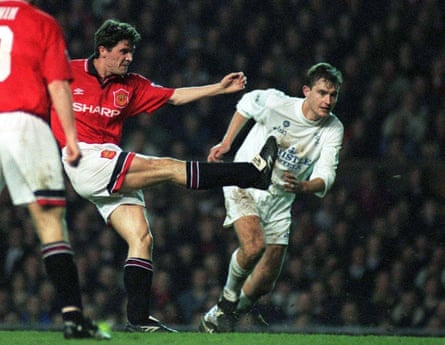
In the 12 years that followed, United signed all manner of midfielders for all manner of amusing expense, namely: Marouane Fellaini, Ángel Di María, Daley Blind, Ander Herrera, Bastian Schweinsteiger, Morgan Schneiderlin, Paul Pogba, Nemanja Matic, Fred, Bruno Fernandes, Donny van de Beek, Christian Eriksen, Casemiro, Mason Mount and Manuel Ugarte, with Marcel Sabitzer and Sofyan Amrabat joining on loan. So far, only Fernandes could be said to have succeeded.
Footballistically, to borrow Arsène Wenger’s phrase, midfield has been United’s biggest failing; even Ole Gunnar Solskjær’s side, the best of the post-Fergie wilderness years, were counterattackers not dominators. Indeed, it was when he tried to convert them into a more proactive outfit that things went wrong because, in the aftermath of Euro 2020, his back four collapsed and he lacked the midfielders able to protect it – respectively, Matic and Pogba lacked the legs and inclination to get to the ball first. Had the money spent on Harry Maguire been used to get Declan Rice, things might have worked out differently, but in the event United’s defence was open and their attack starved, because they couldn’t dictate games by controlling the centre of the pitch.
There are different ways of doing this. Pep Guardiola has deployed midfielders not just in midfield but also in defence and attack, while Jürgen Klopp used dominating athletes to run opponents off the pitch, with playmaking slack taken up by his full-backs. As soon as he tried something different, bringing in Thiago Alcântara, the balance departed.
Nor has it fully returned, last season’s title was based largely on the form of Mohamed Salah; Liverpool’s 41 goals conceded is the most by a champion side since United in 2012-13. In Europe, meanwhile, their relative lack of box-to-box class was exploited by Paris Saint-Germain and, though they have reinforced expensively and impressively this summer, the lack of work done in this area – so far – offers the chasing pack a chance.
United, though, cannot take such a risk. They began under Amorim as a team unable to create chances, their development into one unable to take chances a significant leap forward. As such, it makes sense that this summer’s priority was adding goals, but with that addressed by the acquisitions of Matheus Cunha and Bryan Mbeumo, midfield must become the priority.
after newsletter promotion
This is not to say the centre-forward Amorim wants is not necessary. But the market is offering little, while his system, fielding two midfielders where the majority of opposing sides use three, leaves a difficult gap to bridge; one Ferguson had to combat first when English clubs returned to Europe, then again when his famous four were shut down by Bayern Munich in 2001, then again in 2007 when Milan’s narrow diamond proved a problem.
The explosion in player athleticism means things have become harder since then. Though Amorim’s game model uses defenders, wing-backs and inside-forwards to create central overloads, it remains the case that he needs physical monstrosity in midfield – all the more so now he has decided that Fernandes, indefatigable but no one’s idea of a shuttler, is a No 8 not a No 10. Casemiro is no longer the man for this job, while Ugarte – a stop-gap whom PSG replaced with the infinitely superior João Neves – lacks authority, personality and quality.
Should United purchase the right midfielder, they will be in better shape than if they do not but do find a centre-forward. Prime Ronaldo Nazário would struggle in a team unable to dominate possession, whereas Joshua Zirkzee, Rasmus Højlund and Chido Obi have shown potential and, with creative quality behind them in a team able to pin opponents back, they would have more scoring opportunities and the chance to grow into a role one of them might yet make theirs permanently – something beyond Ugarte and this version of Casemiro.
Consequently, the centre of the pitch and the heart of the team must be Amorim’s only priority – United cannot afford to split their funds and wind up with someone not quite good enough in two positions. They must find the best, most suitable midfielder they can and only after that worry about what’s next because, though without the right centre-forward they will not be complete, without the right midfielder getting to the ball first, they simply cannot be good.

 1 day ago
3
1 day ago
3
